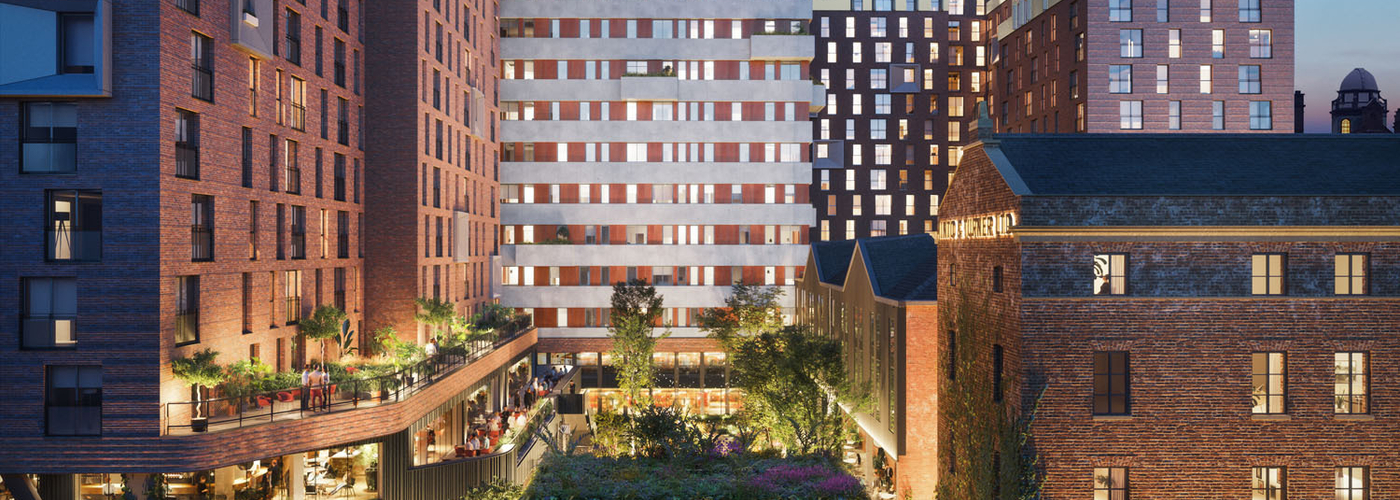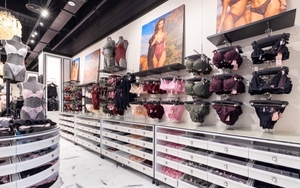Developer Adam Brady from HBD talks us through how they arrived at a plan
I meet Adam Brady of HBD (formerly Henry Boot Developments) in the Dakota Hotel restaurant. We’re here to talk about how designs for developments come about, and what principles guide them. The example we’re taking is Kampus with its mix of old and new buildings. The Kampus development is over the Rochdale canal opposite The Village, bounded by Chorlton Street, Minshull Street and the canal itself.
We wanted to avoid the problem with several recent developments which are over-branded, bland and feel fake
I start by asking Brady how the process started to establish first principles?
AB - “The development is by HBD and our partners on the scheme Capital & Centric,” he says. “I was with Adam (Higgins) of Capital & Centric in Hoxton in London on a trip and we thought how do we do this? We thought there are some great architects in Manchester, yet within many of the newer developments the buildings look the same as those in other new developments.
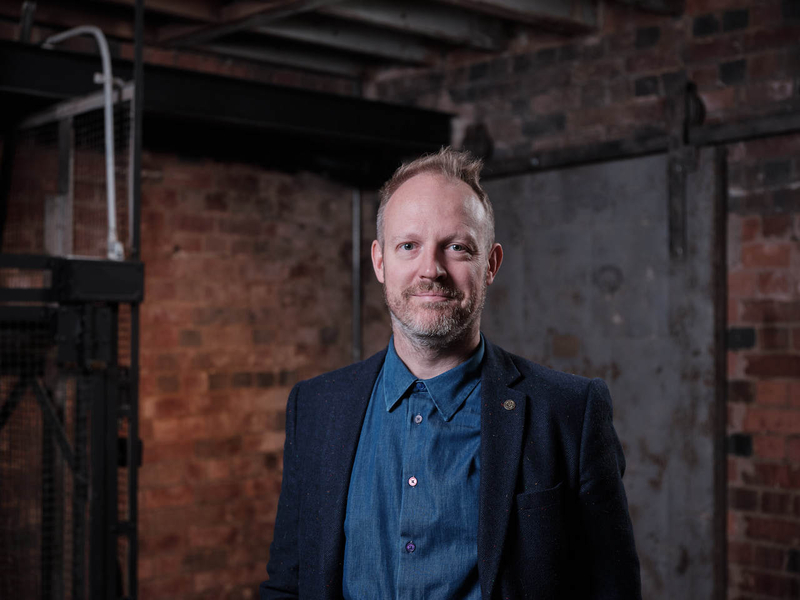
“So we sat down with our computers, drinking Amaretto sours, and looked at ideas from across Europe,” he continues. “After all, the Kampus site is a little different; very compact, old buildings too and with the canal. We thought there was a Dutch sort of vibe, but I’d also recently been in Copenhagen and Christiana, the leftfield hippy district there. We wanted that sort of individuality. We wanted to make Kampus feel organic. In the end we chose the Dutch architects Mecanoo (in Manchester their best known building is HOME Arts). They understood our ideas. We wanted to avoid the problem facing several new developments in Manchester, which are over-branded, bland and feel a bit fake.”
He’s right about the blandness. I suggest to Brady that he need only look across the road to the east and to Piccadilly Place. This is the apogee of all dull commercial developments in Manchester’s recent history, a series of blank characterless facades, smashing the life out of an equally grim square.
Brady, wouldn’t be drawn on that, but he smiles, and says: “We wanted to give Kampus genuine soul in two ways, in the way it looked and in the way it was managed. So we went to Chicago to see what was going on out there.”

I interrupt to say the process of finding out what was right for the Kampus site was beginning to sound like an excuse for a series of holidays?
“Yeah, it was,” laughs Brady. “There was serious intent though, we wanted to look beyond these shores. We wanted to look at how those guys manage serviced apartments. There will be 530 apartments on Kampus, all of which will remain under our control. The UK was low on examples of that level of service. So while the Americans have a different culture we thought we could learn the nuts and bolts of what they do. Of course, we weren’t interested in their communal spaces with huge sofas and big sports TVs, but we knew we could learn something. The UK which has been notoriously bad for tenant service, so how could we make living in our apartments have more of the amenity of, say, a hotel. In other words how do you make life for your tenants as easy as possible?”
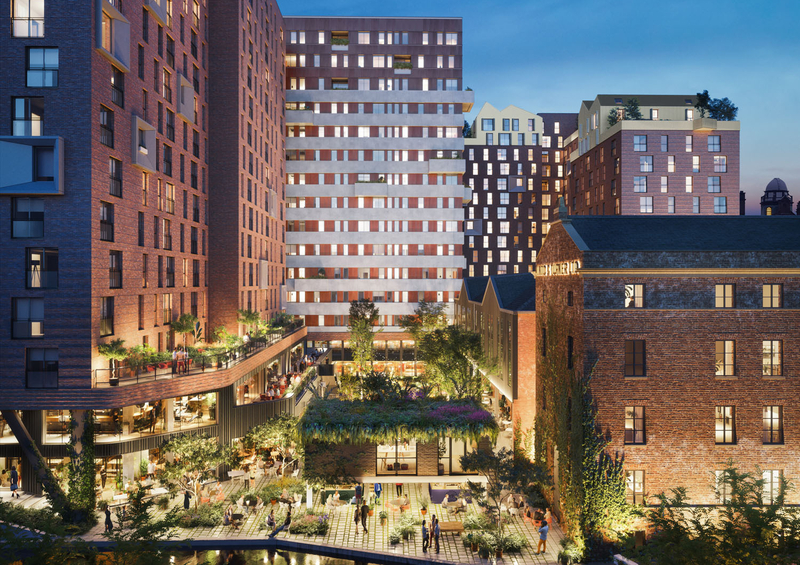
I ask him if that is the reason for the emphasis on the central green space and the choice of design there.
“Exactly,” says Brady. “A big thing was to create a really good space for nature - this is a hallmark of Scandinavian developments for instance. We wanted that level of quality. We wanted something that was warm and human, intimate, lots of planting and softness. We wanted a garden rather than simple ‘public realm’.
“The original architects, before Mecanoo wanted to punch through a whole new street and get rid of the ‘Bungalow’ (a 1960s' former security lodge that is elevated on pilotis). But that wasn’t for us. We wanted something you might find in Seville when you go through a tiny little alleyway and it suddenly opens up into a beautiful space.
“There will be bars, restaurants and shops around the garden. We feel this garden will be the secret in creating a community amongst the residents, a lovely place to gather. That’s why around the fringe we haven’t placed those straight down double-height glass fronted units you get in other parts of the city.”
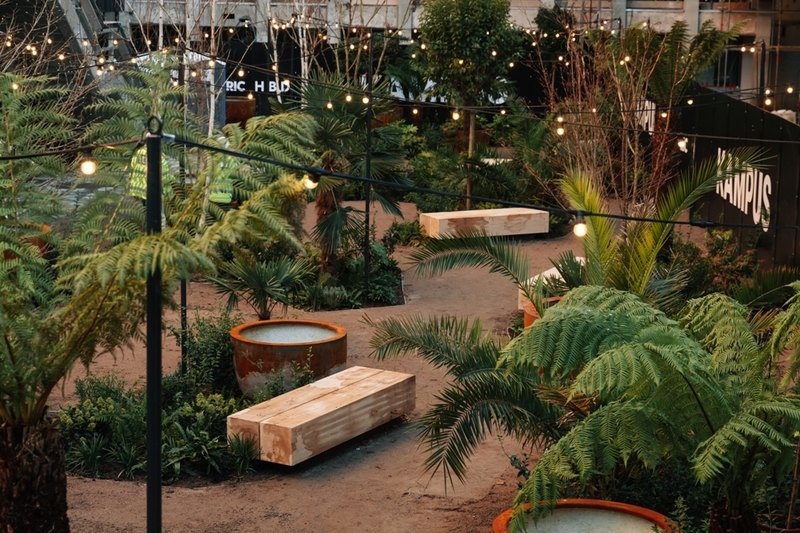
I ask about the type of operators being encouraged to get involved.
“Well, with that type of environment we think it will attract independent operators and they are the ones we want,” Brady says. “But we don’t just want bars and restaurants, we want quirky shops too, definitely a florist.”
I wonder about that and point out confidence in retail is at an all-time low. Only 1% of the vast amount of central Manchester development currently taking place is retail. Twenty years ago it would probably have been 25%.
“I think it depends on the type of retail and its location,” says Brady. “We are talking to some interesting operators and there is definitely scope here for shops. We want a community down there who are using the operators on the site where they actually live. There are lots of cinema rooms and other stuff now being incorporated in developments, but we think a publicly open green space with operators around will be a better focus for this community. It will take a lot of maintenance, of course, but it adds value.”
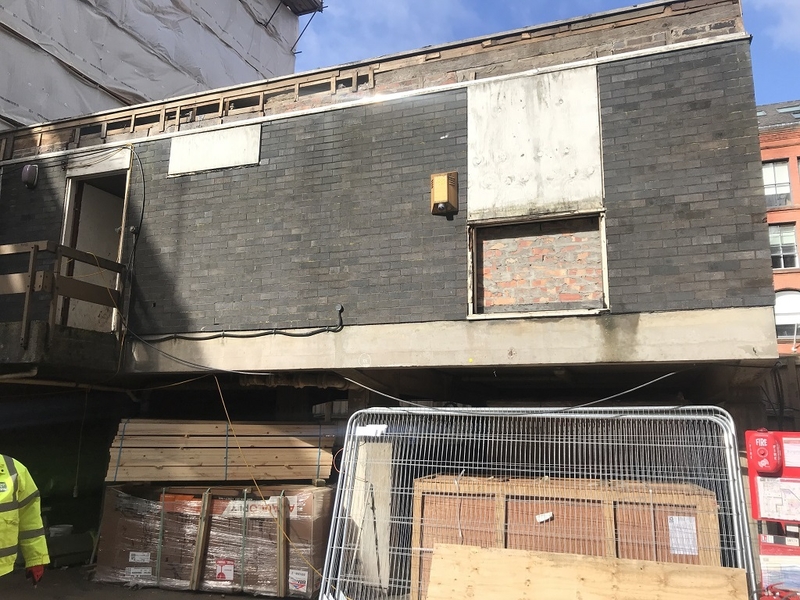
Kampus certainly is the most mixed of any of the major developments in central Manchester. It was first developed from open fields two hundred years ago as it became a commercial and industrial area with some low-grade housing. By the 1960s the site had become part of Manchester Polytechnic, now Manchester Metropolitan University.
Kampus has preserved elements from both industrial and academic periods. There are two fine listed nineteenth century warehouses, the Minto and Turner buildings, preserving several interesting features including a machine to produce very tightly compressed cotton bales. Between these two is the sweetly setted Little David Street which will provide a charming intro into the garden.
Meanwhile a sixties educational tower block has been retained and re-clad, but the most maverick retention is at the other end of the site, a gorgeously eccentric and Brutalist 1960s' security lodge, nicknamed ‘the bungalow’.
“We wanted to keep ‘the bungalow’ because that sort of thing won’t be built again,” says Brady. “We can turn it into the Village Hall for Kampus, with pop ups and so on. Keeping it has turned out to be a technical nightmare, but we’ve stuck with it, because it adds to the character. This is definitely not a gated community, there will be lots of ways in and out of Kampus. We hope the mix of buildings here and the garden, and the events we’ll put on, will be attractive to the tenants but also to the rest of the city.”
Time will tell of course.
Kampus is certainly a brave mix of buildings and styles and of different periods. The compact and very active nature of the design is already intriguing, while any publicly accessible garden is very welcome in Manchester city centre. If nothing else this development by Capital & Centric and HBD avoids the stultifying dullness of developments such as the nearby Piccadilly Place.





